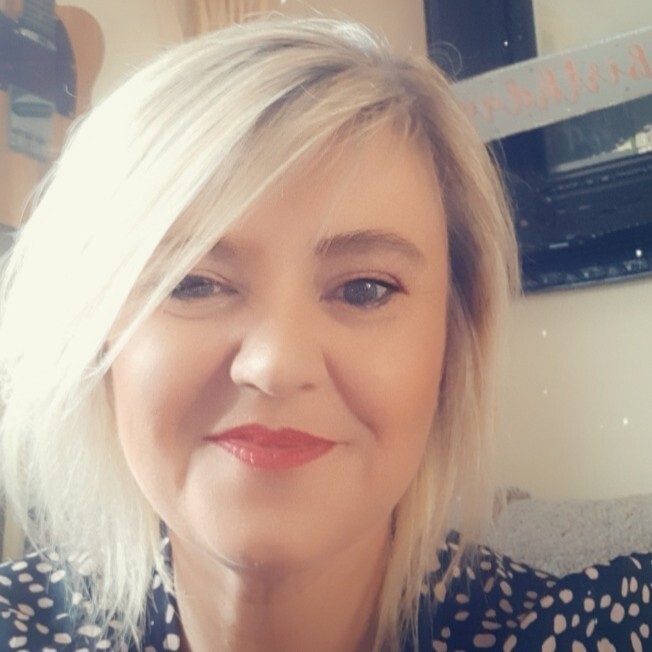
Last updated 7 January 2022 ·

The term OKR stands for Objectives and Key Results, an effective goal-setting framework used to establish a high level of focus, full team accountability, and alignment towards achieving a desired business vision. Used by many hugely successful businesses such as Google, Airbnb, Spotify and LinkedIn, OKRs are most commonly used to help accelerate growth and maintain a tight focus as teams expand.
The idea was imagined by Andy Grove, who originally developed this goal-setting method at Intel, which dramatically helped the business achieve the success it has today. In fact, this OKR method had such a revolutionary impact that Grove was even named Time magazine’s “Man of the Year” (now Person of the Year) in 1997.
All this success, and yet, it’s incredibly simple.
Any company, project or campaign has an Objective. And the success of those objectives is measured using Key Results. That’s it.
OKR Examples
- A property company
Objective: Increase property viewings.
Key Results:
- Increase property viewings by 10% per month
- Increase outbound prospect calls by 20%
- A marketing campaign
Objective: Increase email marketing campaign engagement
Key Results:
- Increase open rate to 30%
- Increase click-through rate to 10%
- Increase conversion rate to 2%
For more examples, please visit our blog OKR examples to help you get started.
So why are OKRs so powerful?
Most importantly, using measurable, numerical indicators in key results allows us to clearly identify the level of progress being made at any one time and, therefore, assess how impactful our efforts have been.Setting OKRs ensures employees remain clear of what they aim for and where to focus their efforts most. They become accountable to their team members and those working around them in the organisational structure. Such accountability facilitates employee rewards and enables incentives to be granted for hard work to those that achieve their OKRs within the agreed time period.
OKRs enable the CEO and senior management to share the overall business vision and objectives amongst all teams, which helps create a culture of inclusion. Employee engagement increases due to the transparent nature of OKRs and the ability to see how correctly focused hard work makes a real impact towards achieving the key results and objectives set out.
With this point in mind, OKRs are most effective when they are set at the leadership level and then cascaded throughout the organisation. Ideally, they should be clearly defined, easily understood and shared widely across all teams.
The most common pitfall
There are many reasons why OKRs can sometimes fail. When I have looked at some companies’ OKRs in the past, they often miss a similar trick. Many people within the business have their own OKRs – but they’re not all pointing at the same target. Silos emerge, and there is a lack of communication. That’s frustrating for the business leader, as this is where resource inefficiencies arise. Employees are not going to achieve the overall vision for the business if they are all aiming in different directions.
Imagine an army general allowing his soldiers to all set their own objectives for a mission – they’d all end up going in opposite directions, and the outcome would be catastrophic.
Therefore, the solution is that OKRs are clear and led from the top, cascaded throughout the senior leadership team and manager levels. Each amends the content slightly to maximise focus in their specialist area but remains tightly focused on the overall direction and business vision.
When the business leader sets the overall company vision, everyone else can then set their own Objectives and Key Results, which will help achieve that vision. This approach allows a much greater sense of accountability, alignment and independence across the team. They know the aim and are empowered by the freedom to decide how to get there, within reason, of course! Overall this achieves a much greater level of productivity and ultimately much better results.
How to maximise your OKRs
To make OKRs work most effectively within your business, it’s important to create shareable plans containing the details of each person’s OKRs, (this can be accomplished in Google sheets or a simple SaaS tool such as Reclaro) that are updated with live performance progress.
Establishing a regular cadence of tightly focused meetings to catch up on progress, check in on any areas where you’re falling behind, and celebrate all those small wins along the way can keep the momentum going. For more points on how to keep OKRs front of mind and ensure a successful implementation in your business, check out our blog OKRs: How to set and not forget.
Generally, companies that embody OKRs tend to be goal-oriented firms with an impeccable focus, highly aligned and super productive; inevitably, these types of businesses perform better. Just take Google, for example!
So why not give it a try. You never know, maybe you’ll be the next Time magazine’s Person of the Year.
If you’d like to find out more about OKRs and how this goal-setting framework could work in your business, please get in touch by emailing hello@reclaro.com.







